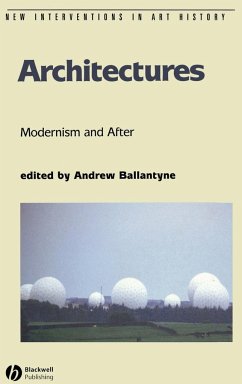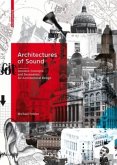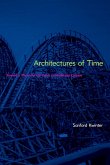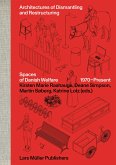Architectures: Modernism and After surveys the history of the building from the advent of industrialization to the cultural imperatives of the present moment. The collection of essays brings together international art and architectural historians to consider a range of topics that have influenced the shape, profile, and aesthetics of the built environment from 1851 to the present time, showing how buildings and our responses to them are embedded in the cultural process and the ethics of production. This volume presents crucial "moments" in the history of the field when the architecture of the past is made to respond to new and changing cultural circumstances. In doing so, Architectures: Modernism and After provides a view of architectural history as part of a continuing dialogue between aesthetic criteria and social and cultural imperatives.
Hinweis: Dieser Artikel kann nur an eine deutsche Lieferadresse ausgeliefert werden.
Hinweis: Dieser Artikel kann nur an eine deutsche Lieferadresse ausgeliefert werden.
"This collection of stimulating essays delights in the variety anddiversity of modern architecture through differing processes ofstory telling and the analysis of facts. This is a book for thereader able to embrace plurality. Those who seek a singular visionwill need to look elsewhere." Robert Tavernor, University ofBath
"Wide-ranging and original, this collection offers fresh newperspectives on architecture and its histories within the expandedarena of cultural studies. It suggests the many roles thatbuildings can play in the conscious and unconscious lives of humanbeings." Alice Friedman, Wellesley College
"Wide-ranging and original, this collection offers fresh newperspectives on architecture and its histories within the expandedarena of cultural studies. It suggests the many roles thatbuildings can play in the conscious and unconscious lives of humanbeings." Alice Friedman, Wellesley College








